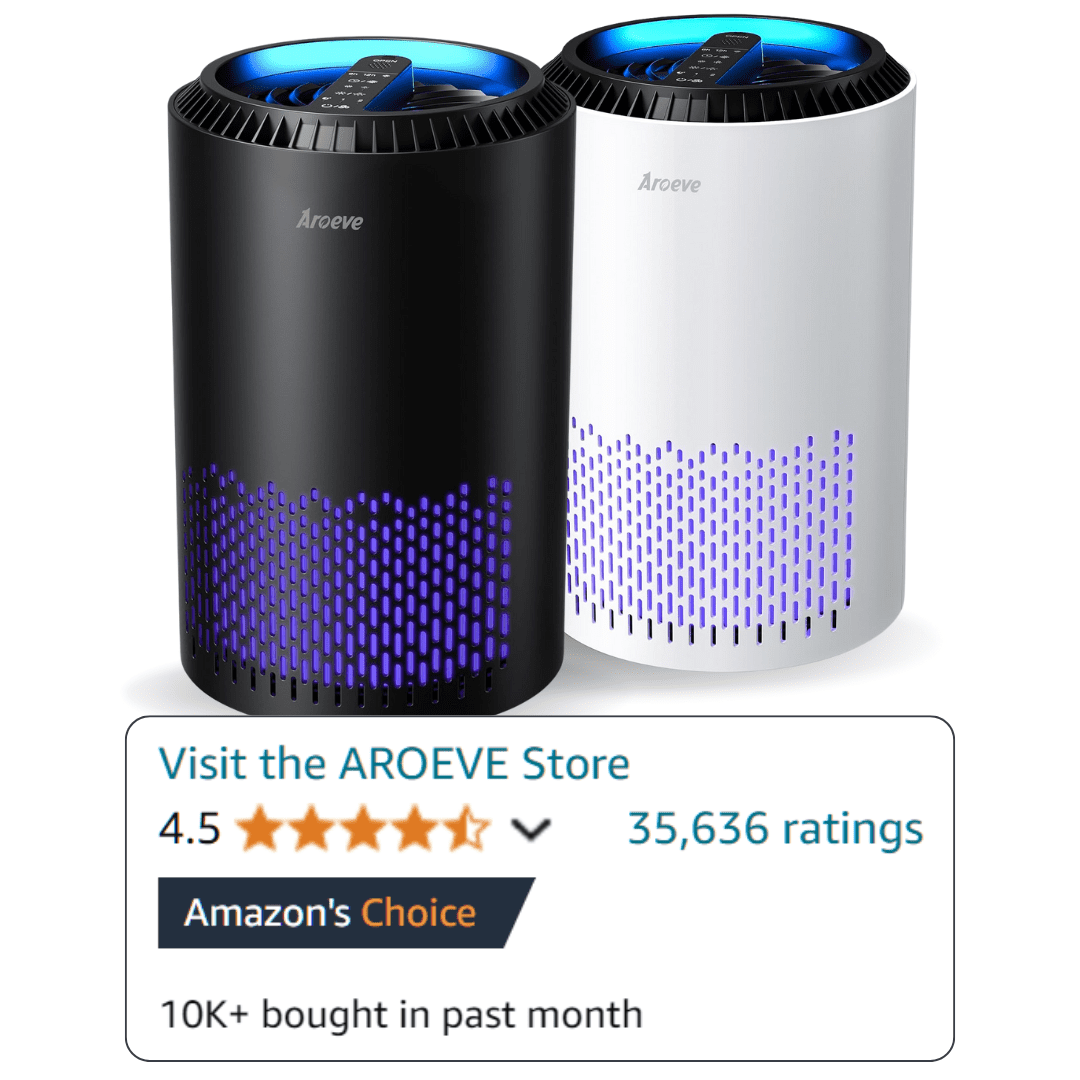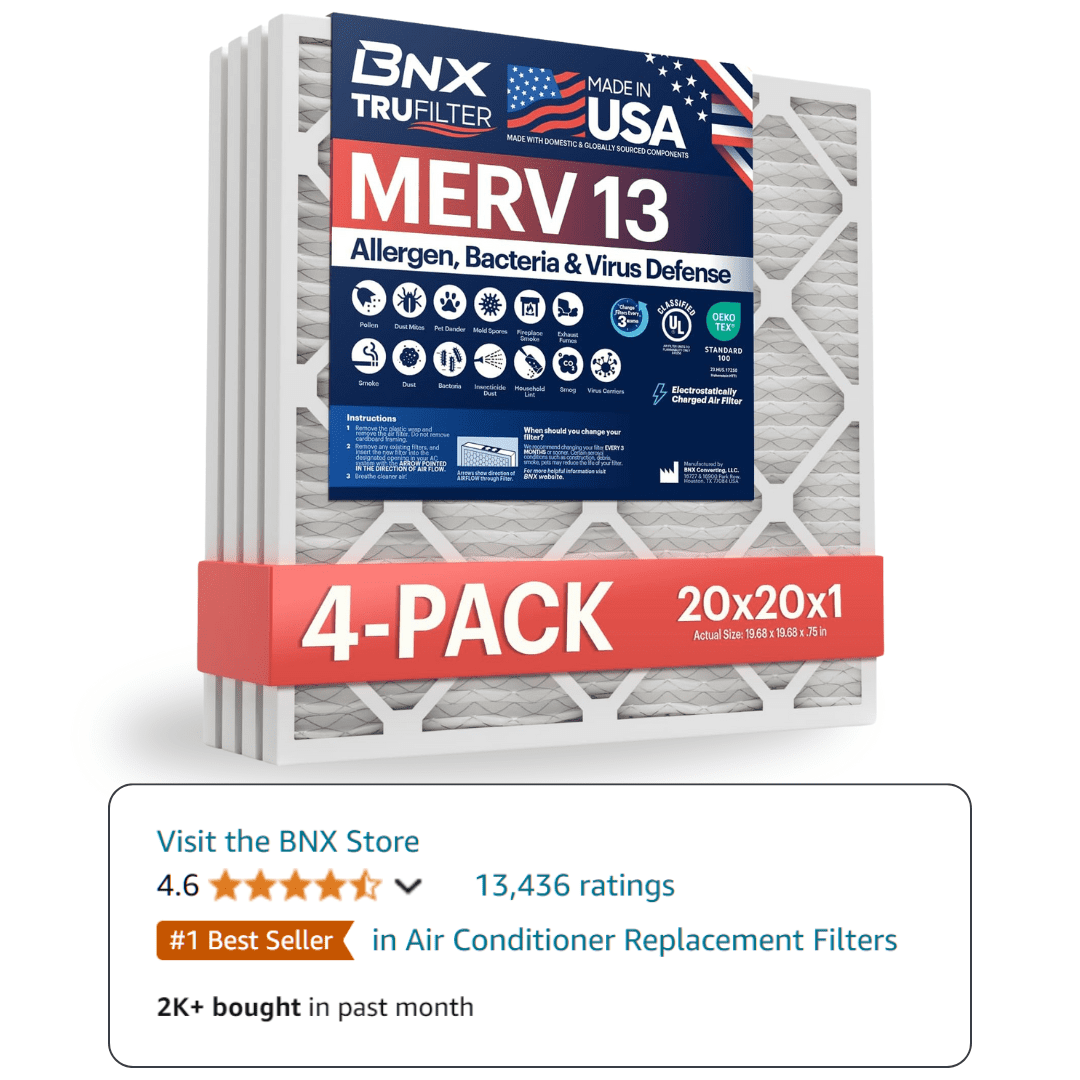Volatile Organic Compounds (VOCs) in bathrooms can be a real headache, especially in mobile homes.
They can sneak in through various sources, causing not just bad smells but also potential health risks.
In this guide, we’ll break down everything you need to know about bathroom VOCs, from what they are to how you can get rid of them for good.
What Are VOCs (Volatile Organic Compounds) and Why Do They Matter in Bathrooms?
VOCs are chemicals that can easily become gases or vapors at room temperature.
In homes, they can come from paint, cleaning supplies, and even your bathroom products. Bathrooms are a hotspot for VOCs because of the high humidity and use of cleaning agents.
VOC levels can be detected using air quality monitors. These devices measure the concentration of VOCs in the air and help you understand if they’re at harmful levels.
Common Causes of VOC Spikes in Bathrooms—Epecially in Mobile Homes
In mobile homes, VOC spikes can come from various sources. One common culprit is plumbing trap failures. If the water in your P-trap dries out, sewer gases can enter your home, leading to higher VOC levels.
Sewer gas intrusion is another issue. Improper venting or leaks can allow these gases to sneak into your bathroom. Recent plumbing work can also stir up VOCs, especially if new materials or adhesives are used.
Shower drains, toilets, and sinks can emit VOCs if they’re left open or plugged, allowing gases to escape. Mobile homes built before 2000 may have outdated materials or plumbing systems, making them more vulnerable to VOC issues.
Why Shower Drains and Sinks Cause VOC Spikes (Detailed Plumbing Explanation)
Shower drains and sinks can cause VOC spikes because they’re directly connected to your home’s plumbing system. When you use these fixtures, water flows through the P-trap, creating a seal that prevents sewer gases from entering your home.
However, if you don’t use these fixtures often, the water in the P-trap can evaporate, breaking the seal. This allows VOCs from the sewer system to rise into your bathroom, causing that unpleasant smell and potential health risks.
Health Risks of VOC Exposure in Your Home
Exposure to VOCs can have both short-term and long-term health effects. According to the EPA, short-term exposure can cause headaches, dizziness, and irritation of the eyes, nose, and throat. Long-term exposure can lead to more serious health issues, including damage to the liver, kidney, and central nervous system.
Signs that your bathroom VOCs might be at dangerous levels include persistent bad smells, difficulty breathing, or feeling unwell after spending time in the bathroom. Children, pets, and older adults may be more sensitive to VOC exposure and should be monitored closely.
Diagnosing the Source of Bathroom VOCs: A Step-by-Step Homeowner’s Guide
To diagnose the source of bathroom VOCs, start by using a VOC monitor. Place it in your bathroom and let it run for a few hours to get accurate readings. Make sure to calibrate the monitor according to the manufacturer’s instructions for the best results.
While your senses can detect some VOCs, many are odorless and invisible. That’s why using a monitor is crucial. You can also perform DIY checks, like inspecting water traps for leaks, checking for vent blockages, and monitoring your water usage patterns.
If you’re unsure about the source of the VOCs or if the problem persists after trying DIY fixes, it’s time to call a professional. They can perform smoke tests, camera inspections, and other diagnostic methods to pinpoint the issue.
Solutions and Long-Term Fixes for Bathroom VOC Problems
To fix bathroom VOC problems, start by restoring or maintaining your plumbing traps. You can do this by running water through the drain regularly to keep the P-trap filled.
Inspecting and installing cleanouts and vent stacks can also help prevent VOC spikes. Make sure these are properly sealed and functioning correctly.
Improving bathroom ventilation and using air purifiers can help reduce VOC levels. Look for purifiers with HEPA filters and activated carbon, which are effective at removing VOCs from the air.
In some cases, structural repairs may be necessary, especially in older mobile homes with damaged plumbing. Consult a professional to assess the situation and recommend the best course of action.
How to Prevent Future VOC Problems in Mobile Home Bathrooms
Preventing future VOC problems starts with regular maintenance. Create a checklist for monthly and yearly tasks, like checking water traps, inspecting vent stacks, and cleaning drains.
Upgrading your plumbing to modern codes can also help prevent VOC issues. Newer materials and designs are less likely to leak or fail, keeping your bathroom air clean.
Keeping your drains hydrated and using trap primers can prevent water from evaporating in the P-trap, maintaining the seal against sewer gases.
FAQs About Bathroom VOCs in Mobile & Manufactured Homes
Can VOCs be totally eliminated from bathrooms?
While it’s challenging to eliminate VOCs completely, you can significantly reduce their levels with proper ventilation, air purification, and plumbing maintenance.
Are certain plumbing fixtures more to blame?
Shower drains and sinks are common sources of VOC spikes due to their direct connection to the plumbing system. However, any fixture can contribute if it’s not properly maintained.
Is a sewage smell always related to VOCs?
Not always, but often. Sewage smells usually indicate the presence of sewer gases, which contain VOCs. However, other issues like mold or mildew can also cause bad smells in bathrooms.
When to Get Help: Finding a Qualified Plumber or Indoor Air Quality Expert
If you’ve tried DIY fixes and the VOC problem persists, it’s time to call a professional. Look for licensed plumbers or indoor air quality experts who have experience with mobile homes. Learn more about diagnosing home air quality issues here.
When you hire a professional, they’ll perform a thorough inspection, using tools like smoke tests and camera inspections to identify the source of the VOCs. They can then recommend the best solutions, whether it’s a simple fix or more extensive repairs.



